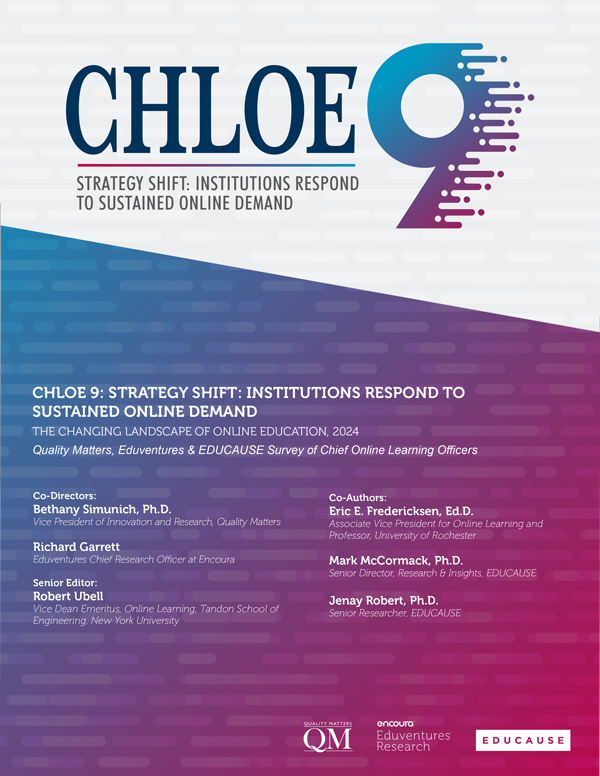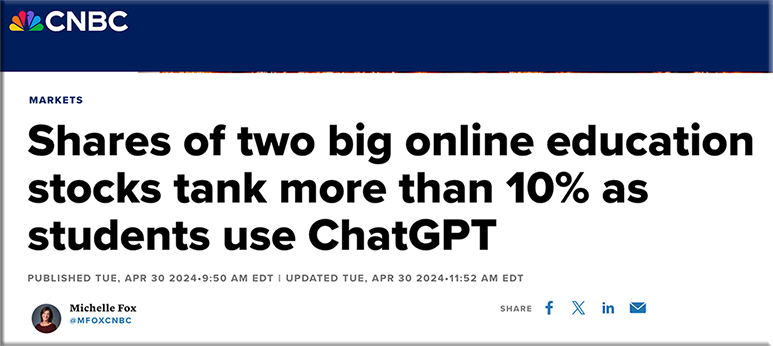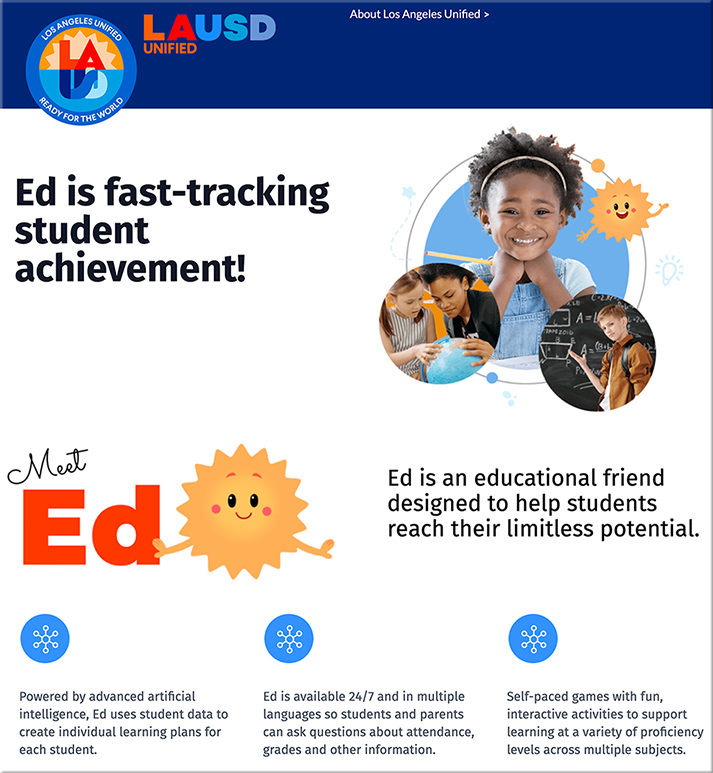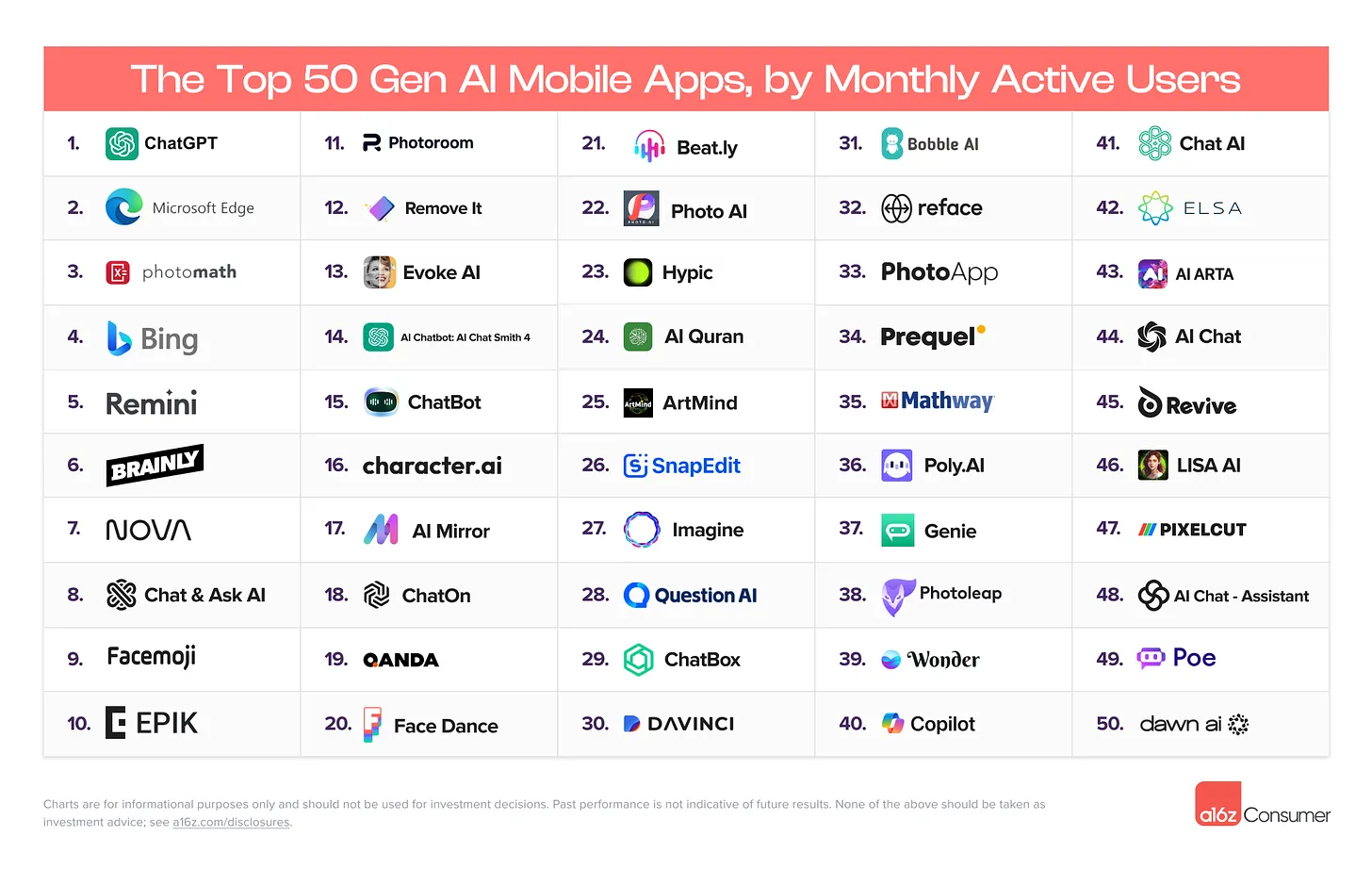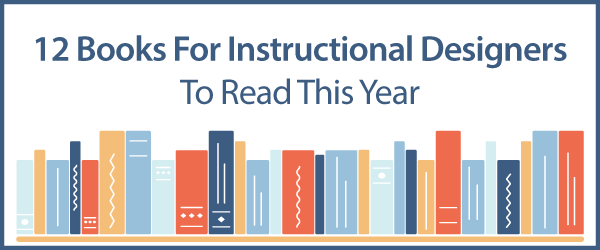Augmented Course Design: Using AI to Boost Efficiency and Expand Capacity — from er.educause.edu by Berlin Fang and Kim Broussard
The emerging class of generative AI tools has the potential to significantly alter the landscape of course development.
Using generative artificial intelligence (GenAI) tools such as ChatGPT, Gemini, or CoPilot as intelligent assistants in instructional design can significantly enhance the scalability of course development. GenAI can significantly improve the efficiency with which institutions develop content that is closely aligned with the curriculum and course objectives. As a result, institutions can more effectively meet the rising demand for flexible and high-quality education, preparing a new generation of future professionals equipped with the knowledge and skills to excel in their chosen fields.1 In this article, we illustrate the uses of AI in instructional design in terms of content creation, media development, and faculty support. We also provide some suggestions on the effective and ethical uses of AI in course design and development. Our perspectives are rooted in medical education, but the principles can be applied to any learning context.
…
Table 1 summarizes a few low-hanging fruits in AI usage in course development.
.
| Practical Use of AI | Use Scenarios and Examples |
|---|---|
| Inspiration |
|
| Supplementation |
|
| Improvement |
|
| Generation |
|
| Expansion |
|
.
Also see:
10 Ways Artificial Intelligence Is Transforming Instructional Design — from er.educause.edu by Rob Gibson
Artificial intelligence (AI) is providing instructors and course designers with an incredible array of new tools and techniques to improve the course design and development process. However, the intersection of AI and content creation is not new.
I have been telling my graduate instructional design students that AI technology is not likely to replace them any time soon because learning and instruction are still highly personalized and humanistic experiences. However, as these students embark on their careers, they will need to understand how to appropriately identify, select, and utilize AI when developing course content. Examples abound of how instructional designers are experimenting with AI to generate and align student learning outcomes with highly individualized course activities and assessments. Instructional designers are also using AI technology to create and continuously adapt the custom code and power scripts embedded into the learning management system to execute specific learning activities.Footnote1 Other useful examples include scripting and editing videos and podcasts.
Here are a few interesting examples of how AI is shaping and influencing instructional design. Some of the tools and resources can be used to satisfy a variety of course design activities, while others are very specific.
Taking the Lead: Why Instructional Designers Should Be at the Forefront of Learning in the Age of AI — from medium.com by Rob Gibson
Education is at a critical juncture and needs to draw leaders from a broader pool, including instructional designers
The world of a medieval stone cutter and a modern instructional designer (ID) may seem separated by a great distance, but I wager any ID who upon hearing the story I just shared would experience an uneasy sense of déjà vu. Take away the outward details, and the ID would recognize many elements of the situation: the days spent in projects that fail to realize the full potential of their craft, the painful awareness that greater things can be built, but are unlikely to occur due to a poverty of imagination and lack of vision among those empowered to make decisions.
Finally, there is the issue of resources. No stone cutter could ever hope to undertake a large-scale enterprise without a multitude of skilled collaborators and abundant materials. Similarly, instructional designers are often departments of one, working in scarcity environments, with limited ability to acquire resources for ambitious projects and — just as importantly — lacking the authority or political capital needed to launch significant initiatives. For these reasons, instructional design has long been a profession caught in an uncomfortable stasis, unable to grow, evolve and achieve its full potential.
That is until generative AI appeared on the scene. While the discourse around AI in education has been almost entirely about its impact on teaching and assessment, there has been a dearth of critical analysis regarding AI’s potential for impacting instructional design.
We are at a critical juncture for AI-augmented learning. We can either stagnate, missing opportunities to support learners while educators continue to debate whether the use of generative AI tools is a good thing, or we can move forward, building a transformative model for learning akin to the industrial revolution’s impact.
Too many professional educators remain bound by traditional methods. The past two years suggest that leaders of this new learning paradigm will not emerge from conventional educational circles. This vacuum of leadership can be filled, in part, by instructional designers, who are prepared by training and experience to begin building in this new learning space.









